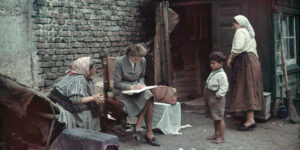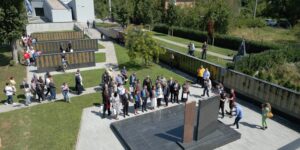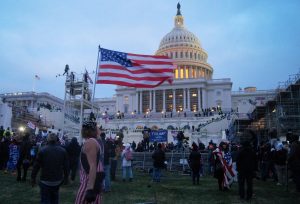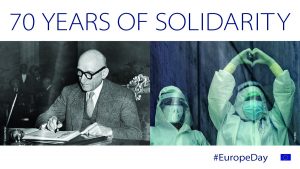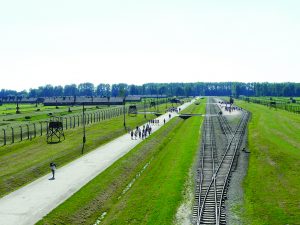By Maria Sierra, Professor of Contemporary History, University of Seville “We do not need a memory that shies away from the confrontation between victims and executioners, that eases consciences. We need a memory that walks through the carriages, that stands on the ramp, that sees the faces, that hears the screams”, Ewald Hanstein, Auschwitz survivor …
By Anja Kožul, freelance journalist “…Did they kill the Roma, too?” The greatest ‘murder of truth’ about the Roma concerns their genocide in the Second World War. Thousands of books, hundreds of thousands of texts, and millions of articles have been written about this last great global catastrophe and the suffering of various peoples in …
Georges Didi-HubermanPhilosopher and art historian, lecturer at the École des hautes études en sciences sociales (EHESS) Cover image: Butterflies and beetles in the collections of the Oxford University Museum of Natural History, Oxford, England. Picture by allispossible.org.uk, CC BY 2.0, via Wikimedia Commons How do we see time? How does time become sensitive? These are …
A conversation between Arnaud Sauli and Ania Szczepanska Arnaud Sauli made the documentary film Sheol in 2022, dedicated to the material traces of the Sobibor extermination camp. By following the work of archaeologists and architects of the museum under construction, the film shows the tensions at the heart of memorial work on the Shoah. His …
Federico Finchelstein
Professor of History New School for Social Research and Eugene Lang College
Richard J. Evans, Regius Professor Emeritus of History University of Cambridge
On 26 March 2019, the Barcelona city government installed an upright historical marker in front of the local headquarters of the National Police in the centrally located thoroughfare of Via Laietana. The gesture was all but a symbolic act of remembrance that might have gone unnoticed except for the media firestorm that it touched off on social media. The reason: it was a troubling reminder of torture.
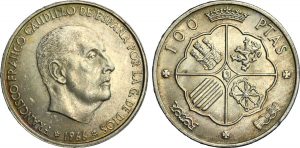
Forty-four years passed between the interment of Franco on 23 November 1975 and his exhumation on 24 October 2019. In Spanish society, a range of feelings have been expressed about the final location of the person who was dictator for four long decades. His death and burial in the Valle de los Caídos (Valley of the Fallen) had a strong impact in the media and in society that was almost paralysing. This was due more to the political consequences Franco’s death would have than to the formal procedure of his funeral. The ceremony within the basilica, which culminated with the placing of a slab engraved with his name and the obligatory protocol, was accompanied outside by Falangists, traditionalists, ex-prisoners, provisional second lieutenants, Legionnaire knights, brotherhoods of fighters, Portuguese Viriatos and members of the Portuguese secret police (PIDE), Romanian iron guards, Croatians, Italian fascists and German neo-Nazis, in a multicolour landscape of blue, black and brown shirts adorned with the medals of Mussolini, Hitler, Salazar and Franco. The monument erected under the direction of Franco with the labour of Republican political prisoners already fulfilled the purpose for which it had been constructed. It housed the embalmed body of Francisco Franco, Caudillo de España por la Gracia de Dios (Leader of Spain, by the Grace of God), as he was called insistently by his entourage of hagiographers from 1939, the end of the Civil War.
Anne Hertzog, Assistant Professor in Geography University of Cergy-Pontoise, France
Dr. Piotr M. A. Cywiński, Director of the Auschwitz-Birkenau State Museum Cover picture: Visitors in the Auschwitz-Birkenau State Museum | EUROM Whether visitor attendance is good or poor, whether it grows or remains stable, is not the essence of the matter. Attendance seen in terms of a sacred, annual number is really just a museum …
